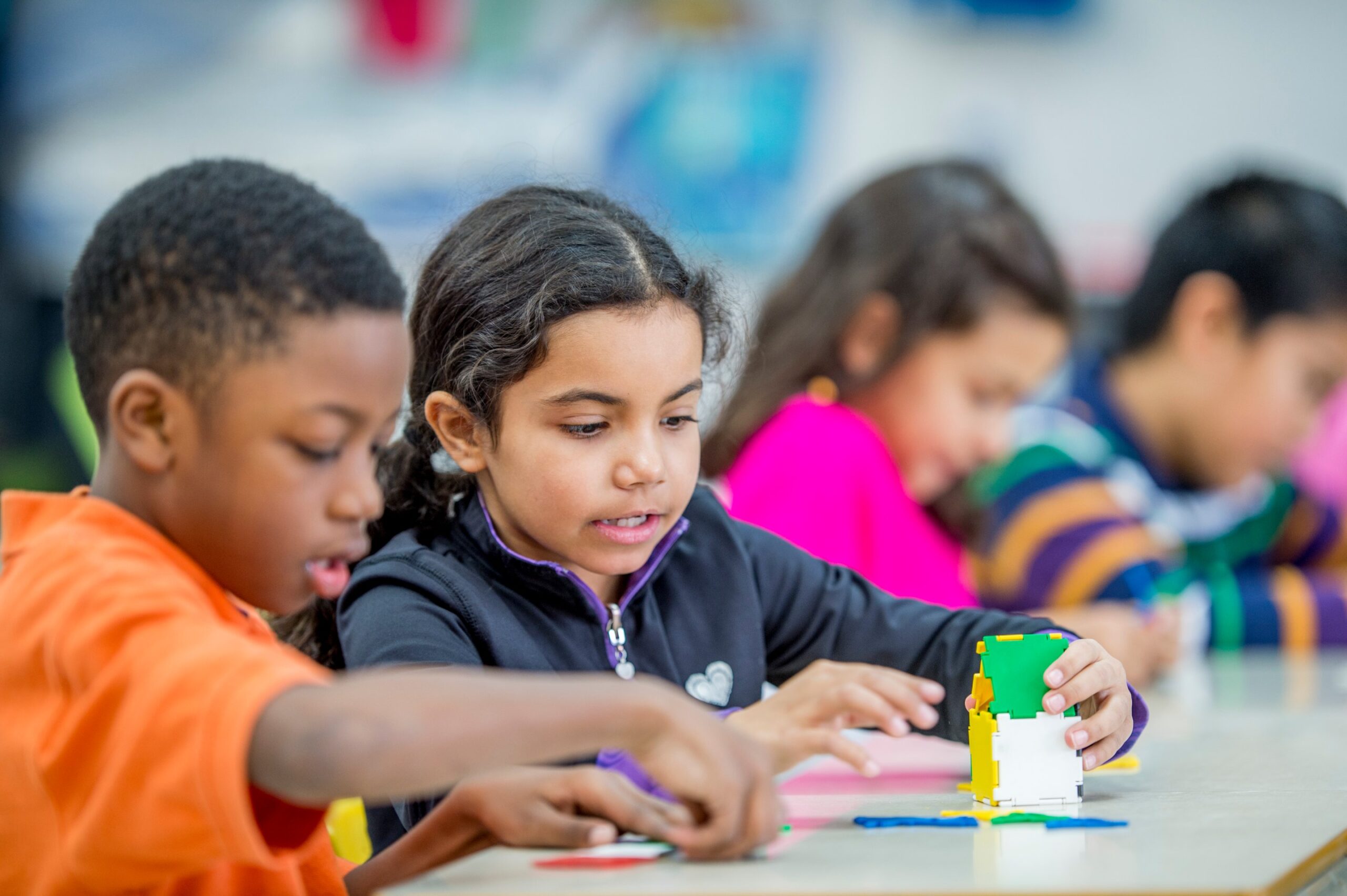During this summer, a team of students from MIT embarked on a journey to the sou …
Assisting Young Children in Handling Productive Struggles
Emma Wordsmith

When high school students face challenging subjects like physics or history, educators recognize the value of productive struggle. However, the concept of productive struggle is often less clear in elementary grades, where students have shorter attention spans and may lack emotional tools to navigate frustration and confusion. Elementary educators often feel compelled to intervene and help students when they encounter difficulties. The fear is that if students remain stuck for too long, they may develop a fixed mindset and lose motivation and curiosity.
In a recent article for Teacher 2 Teacher, Katie Perez, an elementary school educator, explains that teachers sometimes believe that prolonged struggle will diminish students’ motivation and curiosity. However, research suggests that allowing students to grapple with challenging tasks can deepen their conceptual understanding and improve their ability to transfer knowledge.
Perez argues that cultivating deep thinking and focus in elementary classrooms is not impossible. It requires teachers to scaffold productive struggle, ask the right questions, and help students understand the benefits of persisting through challenging work. By teaching students the difference between regular struggle and productive struggle, educators can create an environment that nurtures resilience and problem-solving skills.
To introduce the concept of productive struggle, Perez recommends defining the words “productive” and “struggle” independently and then combining student responses to create a new definition. The goal is to help students understand that productive struggle involves working hard towards a goal and using available resources to overcome challenges without giving up.
To further clarify the difference between struggle and productive struggle, Perez and her students create an anchor chart that illustrates the characteristics of both. The chart helps students recognize what unproductive struggle looks like, such as giving up or becoming frustrated, and what productive struggle entails, such as using tools and strategies, reflecting on past successes, and seeking additional approaches.
Creating the right classroom conditions for productive struggle involves providing students with easier tasks or “mastery experiences” before introducing more complex challenges. This approach increases students’ confidence, motivation, and problem-solving strategies. Teachers can also shift the focus from grades to growth, emphasizing the importance of the learning journey and celebrating students’ progress.
Another aspect of fostering productive struggle is rethinking assessment and grading practices. Delaying grades until the end of a unit can encourage students to embrace the process of learning and problem-solving instead of focusing solely on the answer. Teachers can also promote intellectual risk-taking by designing activities that allow students with different levels of prior knowledge to engage meaningfully and demonstrate their capabilities.
While productive struggle lessons should not be employed daily, they can be effective in deepening students’ conceptual understanding of key ideas over a term. Designing activities that provide a low floor and a high ceiling allows students with varying levels of knowledge to participate and challenge themselves. Open-ended problems that encourage creative thinking and different interpretations can stimulate students’ curiosity and problem-solving skills.
During productive struggle lessons, it is important for teachers to resist the impulse to correct misconceptions immediately. Instead, they can encourage peer collaboration and discussion to help students explore different approaches and learn from each other. Teachers can intervene when necessary and provide feedback and guidance to support students’ understanding. Class discussions can also serve as opportunities to celebrate mistakes and learn from them, creating a safe and supportive environment for learning.


